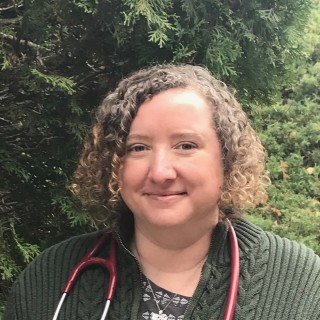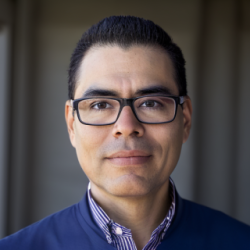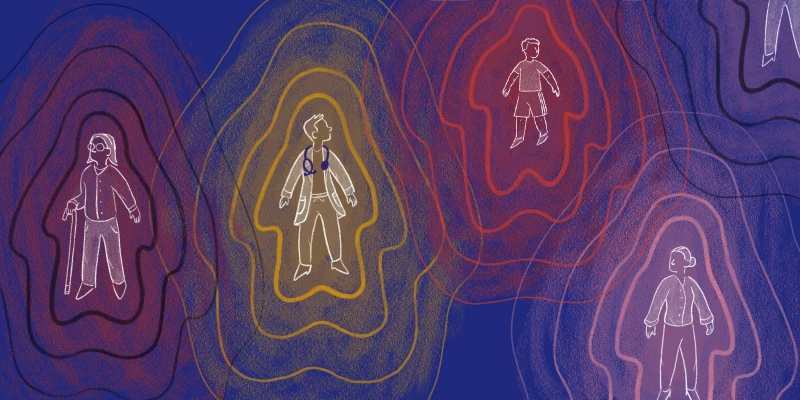
The American Academy of Pediatrics (AAP) annual conference wrapped up last month and although I was not there in person I followed eagerly on Twitter. During one of the opening sessions AAP president Fernando Stein, MD presented that the pediatrician’s office is the “thermometer of society” since in this space issues such as child-rearing, vaccines, sexual and social issues, food insecurity, obesity, violence, and drugs are discussed.
Pediatricians truly are at the forefront of the issues facing society. The AAP has remained a strong, vocal advocate for children’s health and this advocacy continued with sessions on social media and advocacy and a well-attended session on social justice led by Rhea Boyd, MD. One critical issue facing society is the issue of gun violence. The AAP has not shied away from being involved in advocacy on gun safety. There were two abstracts presented at the meeting. that addressed gun violence that I wish to highlight.
Shilpa Patel, MD, MPH presented an abstract titled “Geographic Regions with Stricter Gun Laws Have Fewer Emergency Department Visits for Pediatric Firearm-Related Injuries: A Five-Year National Study”. In this study, regions were ranked using the Brady Gun Law Score which analyzed laws regulating guns. A higher score indicates stricter gun laws. Scores ranged from 45 in the Northeast to South with 8. Regions with higher Brady Scores had lower rates of pediatric ER visits for gun injuries.
In the Northeast, there were 40 injuries per 100,000 ER visits versus 71 injuries per 100,000 visits in the South. Over the 5-year period the rates overall for the country was consistent at 65 injuries per 100,000 ER visits. Most patients with firearm injuries were male and the average age was 18. More than a third of injured patients were admitted to the hospital and there were 6,500 deaths. This study highlights the epidemic of gun violence among youth. It further suggests that gun control laws do help reduce injuries and deaths from firearms. This is not the first study of its kind but adds to the growing body of literature linking gun control legislation to reduced deaths and injuries.
Under President Obama the NIH began funding firearm injury research after a long ban but under President Trump this program has not been renewed. Research often must be performed with institutional or private funds. The political climate is antagonistic to studying firearm violence and the prior Surgeon General Vivek Murthy’s confirmation hearing was held up because he had expressed views that gun violence was a public health problem. The authors should be commended for performing research on gun violence in a climate that is antagonistic to such work.
A second study was presented titled “Firearm Safety: A Survey on Practice Patterns, Knowledge, and Opinions of Pediatric Emergency Medicine Providers” with lead researcher Sheryl Yanger, MD. The study was a prospective cross-sectional survey of 185 pediatric ER providers. 35% reported that they discussed firearm safety “sometimes” or “frequently” when compared to other topics such as helmet use and car seats. Barriers to discussions about guns included concerns about whether it was legal to discuss guns, lack of awareness of the issue, and political constraints. I can sympathize with the respondents feeling inhibited in talking about guns. Florida has had a lengthy legal battle over the gun discussion gag rule. The AAP has endorsed asking about guns in the home and opposed this gag rule. In my own practice, I do not always ask about guns. If a patient’s family mentions guns in the home I will inquire about safe storage but I do not routinely ask each family about guns. I worry about alienating a family whose political beliefs are that guns should not be discussed at the pediatricians.
Overall, firearms are a hot issue in society and in pediatricians’ office and pediatric ERs. I am glad the AAP and its members are providing key data for the debate.







